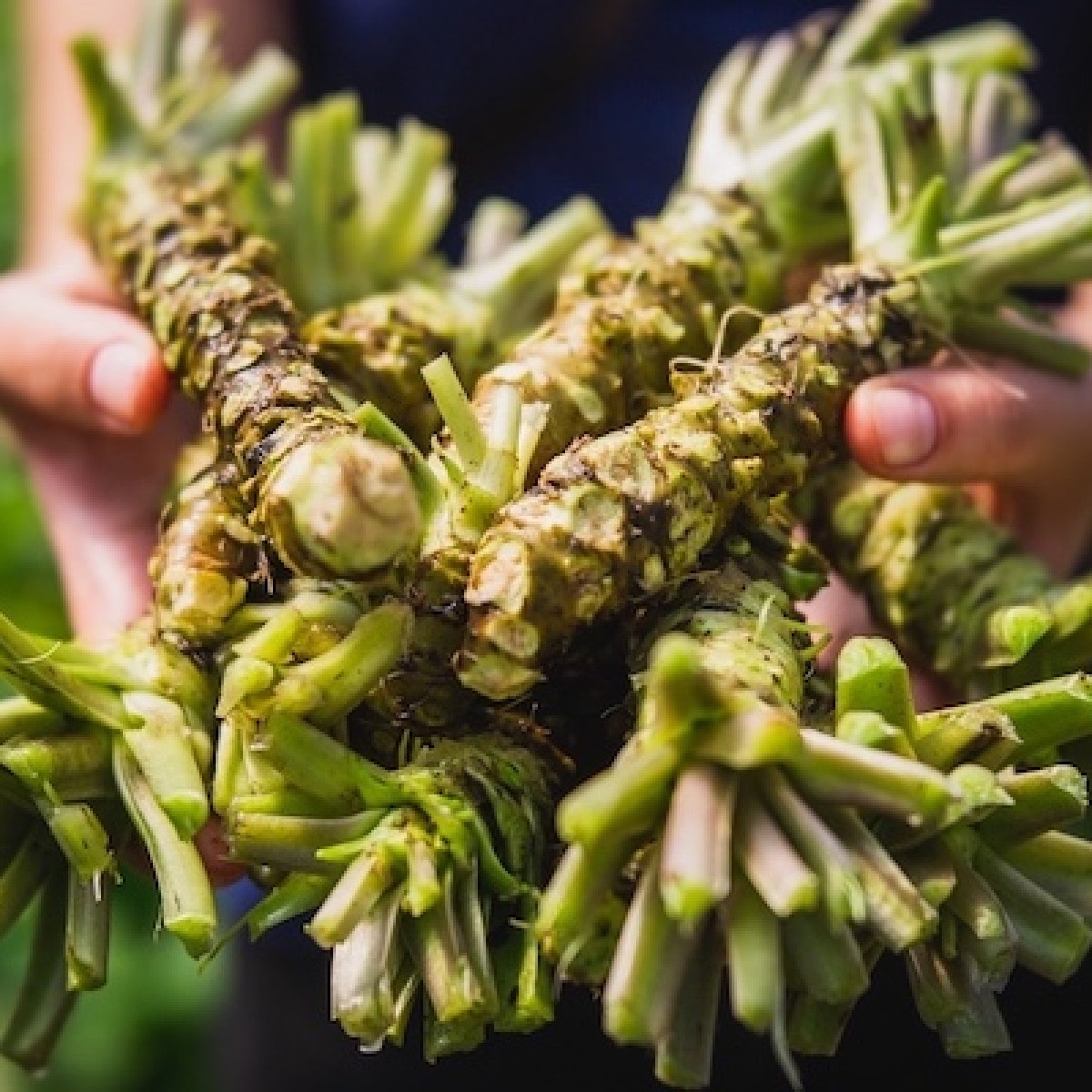When you think of wasabi, that fiery green paste served alongside sushi probably comes to mind. However, in most cases, what you’re getting isn’t genuine wasabi, but rather a blend of horseradish, mustard, and green food coloring. This imitation, while popular, lacks the subtle flavor and unique qualities of real wasabi ( Wasabia japonica) .
Jump to the recipes The authentic version, which grows naturally along Japanese mountain streams, offers a milder, aromatic heat with an herbal sweetness. However, the high cost and specific growing requirements of real wasabi mean that most restaurants use substitutes. But not all.
To kick off the fall, ice cream company Salt & Straw introduced an apple series that highlighted the autumn fruit in five flavors, including dairy-free Apple Wasabi Sorbet. This flavor might sound aggressive, but it’s not. Real wasabi has a delicate, almost floral flavor with a nuanced heat that steps aside, allowing the sweetness of the apple sorbet to shine through.
Oregon Coast Wasabi RELATED: Cantonese Meets Mexican, Katsu Burgers, and Cajun Italian: Mix It Up With These 13 Delicious Fusion Recipes While the flavor has disappeared into Salt & Straw’s archives, for those eager to taste the difference, here’s what sets real wasabi apart and how to use it in plant-based recipes. Real wasabi versus green horseradish: what’s the difference? Both wasabi and horseradish come from the Brassicaceae family, which includes mustard and cabbage. However, wh.


















